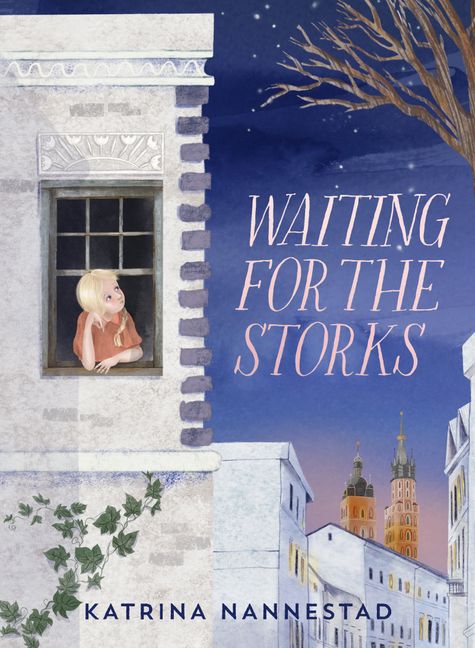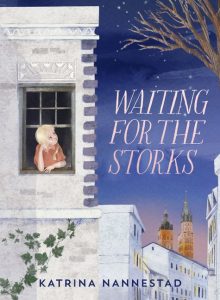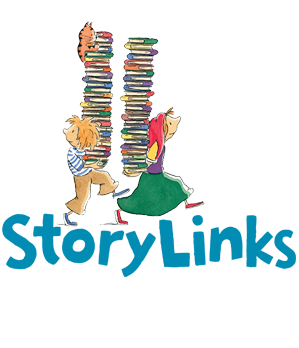




 This is a companion volume to the award winning We Are Wolves and Rabbit, Soldier, Angel, Thief which are also set during World War II and present challenging events from that time from different viewpoints. Katrina is establishing an enviable reputation as a historical novelist. She has won the Book Links Award for Children’s Historical Fiction and the ARA Historical Novel prize, Children’s category for We Are Wolves in 2021 , and the ARA again in 2022 for Rabbit, Soldier, Angel, Thief.
This is a companion volume to the award winning We Are Wolves and Rabbit, Soldier, Angel, Thief which are also set during World War II and present challenging events from that time from different viewpoints. Katrina is establishing an enviable reputation as a historical novelist. She has won the Book Links Award for Children’s Historical Fiction and the ARA Historical Novel prize, Children’s category for We Are Wolves in 2021 , and the ARA again in 2022 for Rabbit, Soldier, Angel, Thief.Error: Contact form not found.
